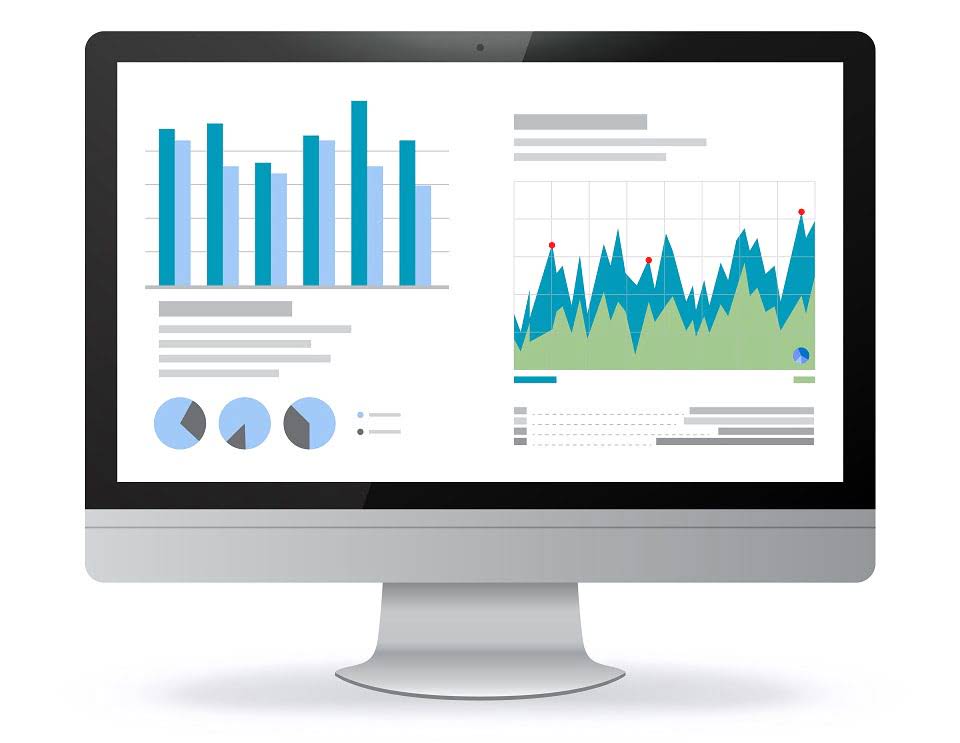How Can I Get a Qualified Business Income Deduction?

The deduction is available for tax years beginning after December 31, 2017, and ending on or before December 31, 2025. Calculating the QBI Deduction for your business involves systematically assessing your qualified business income and the relevant deductions. Knowing how to navigate this calculation process can give small business owners invaluable insights into their tax planning strategies. Still, other business owners have evaluated the merits of changing their business entity structure in response to the 2017 Tax Cuts and Jobs what qualifies as qualified business income Act changes, including the QBID.

F. Understanding Your Tax Liability
A 1099-DIV form, which reports non-wage income from other sources, may also have business income that could be used for the QBI deduction. The Qualified Business Income Deduction (QBID) provides significant tax savings opportunities for eligible small business owners and self-employed individuals. By understanding how the QBID works, who qualifies, and strategies for optimizing its benefits, taxpayers can take proactive steps to reduce taxable income and increase overall profitability. Consult with a qualified tax advisor or financial planner to assess eligibility, maximize deductions, and ensure compliance with IRS regulations. With careful planning and strategic tax management, the QBID can serve as a valuable tool for enhancing financial success and achieving long-term business objectives.
- The 2017 Tax Cuts and Jobs Act introduced a deduction for qualified businss income (QBI) that provides a significant tax break to many business owners.
- Unless Congress passes legislation to extend or modify the deduction, it will no longer be available starting in 2026.
- This prevents owners from double-dipping by taking both a salary and a QBI deduction on the same earnings.
- However, trades or businesses conducted by corporations and the performance of services as an employee aren’t qualified trades or businesses.
- S-Corporations and partnerships that have elected to become pass-through entities must use the Schedule K-1 form to provide information about QBI to owners.
- You must complete Part II if you have QBI from a qualified trade, business, or aggregation.
- After applying the 20% deduction to QBI, additional limitations may apply, including W-2 wage limitations and UBIA of qualified property for certain businesses.
Income thresholds
Investment income, for instance, including capital gains or Outsource Invoicing losses, dividends, and interest income not directly related to a trade or business, does not qualify for the deduction. Additionally, reasonable compensation paid to an owner for services rendered to their business is excluded from QBI. This prevents owners from double-dipping by taking both a salary and a QBI deduction on the same earnings. For taxpayers exceeding these thresholds, the deduction becomes more complex.

How Do I Claim the Qualified Business Income Deduction?
If you choose to aggregate multiple trades or businesses, complete Schedule B (Form 8995-A) before starting Part I of Form 8995-A. Also, the rental or licensing of property to a commonly controlled trade or business operated by an individual or a pass-through entity is considered a trade or business under section 199A. Generally, QBI includes the deductible portion of self-employed health insurance, self-employment tax, and contributions to qualified retirement plans such as SIMPLE and SEP plans. Let’s take a closer look at how the QBI deduction works and who qualifies, to determine if you can benefit from this tax write-off. This amount will offset QBI in later tax years regardless of whether the trade(s) or business(es) that generated the loss is still in existence. If you aggregated multiple trades or businesses into a single business, enter the aggregation group name.
Income from Sole Proprietorships

However, trades or businesses https://rekening88.co/prepaid-insurance-journal-entry-example-3/ conducted by corporations and the performance of services as an employee aren’t qualified trades or businesses. Generally, specified service trades or businesses (SSTBs) aren’t qualified trades or businesses. However, all or a part of the SSTB may be a qualified trade or business if your taxable income is at or below the threshold or within the phase-in range.
Key Takeaways for Maximum QBI Benefits
This deduction applies to qualified production activities income (QPAI) and involves unique calculation methods distinct from standard QBI rules. Special reporting is required on Form 8995-A, Schedule D, and patrons should review cooperative statements carefully when filing taxes. While the QBI Deduction offers valuable benefits, it is important to consider its inherent limitations and constraints. Navigating these considerations can empower small business owners to harness this tax break’s advantages effectively.
- If you’re over that limit, complicated IRS rules determine whether your business income qualifies for a full or partial deduction.
- Department of the Treasury to represent taxpayers before all administrative levels of the Internal Revenue Service for audits, collections, and appeals.
- The qualified business income deduction is a complex tax break that has the potential to save you a lot of money, but it comes with a lot of rules and restrictions.
- At Rocket Lawyer, we believe legal information should be both reliable and easy to understand—so you don’t need a law degree to feel informed.
- In order to claim the QBI deduction, small businesses are subject to two requirements.
Bench simplifies your small business accounting by combining intuitive software that automates the busywork with real, professional human support. We believe everyone should be able to make financial decisions with confidence. Understanding these rules is vital in order to make sure eligible employees are given access to these benefits while staying compliant with IRS regulations. Schedule your free consultation now and see why we’re California’s most trusted tax firm since 1971.
In general, total taxable income in 2025 must be under $197,300 for single filers or $394,600 for joint filers to qualify. In 2026, the income threshold will be adjusted based on the rate of inflation. This form captures your overall income, including wages, dividends, and, of course, business income. Basically, the deduction allows taxpayers to deduct 20% of the QBI from qualified businesses owned by the taxpayer. However, there are a number of limitations and exclusions that can reduce or eliminate a business owner’s ability to use the QBI deduction. What if you own a rental — or three — but don’t qualify as a real estate professional?
Qualified business income (QBI) is the net income or loss from a trade or business. This includes income generated from partnerships, S -corporations, sole proprietorships, and some trusts. Include here the qualified portion of PTP (loss) carryforward allowed in calculating taxable income in the current year, even if the loss was from a PTP that you no longer hold an interest in or is no longer in existence. Include here the qualified portion of trade or business (loss) carryforward allowed in calculating taxable income in the current year, even if the loss was from a trade or business that is no longer in existence. See Determining Your Qualified Business Income, earlier, and Tracking Losses or Deductions Suspended by Other Provisions, later. Losses and deductions that remain suspended by other Code provisions are not qualified losses and deductions and must be tracked separately for use when subsequently allowed in calculating taxable income.
Also, a section 1231 gain or loss is only includible in QBI if it isn’t capital gain or loss. See the QBI Flow Chart, later, to determine if an item of income, gain, deduction, or loss is includible in QBI. The amounts reported on your Schedule K-1 as “QBI/Qualified PTP Items Subject to Taxpayer-Specific Determinations” from a partnership, S corporation, estate, or trust aren’t automatically included in your QBI.
